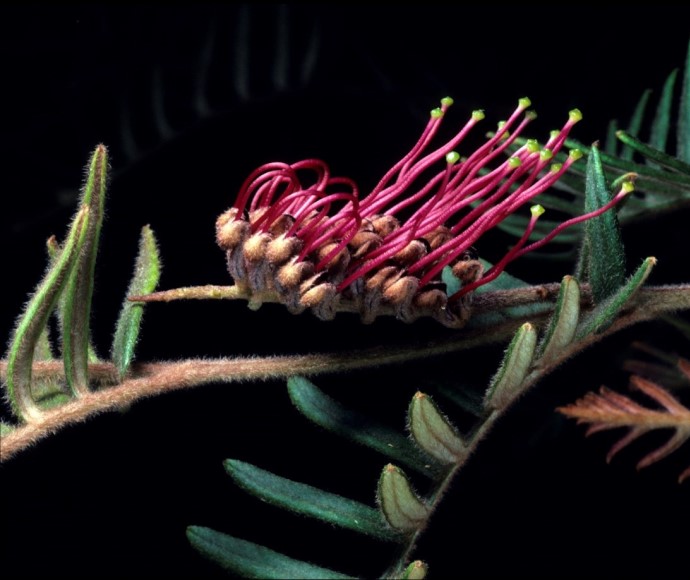Detection dogs sniff out silent killer to save native plants
Two scent-detection dogs have been trained to sniff out a soil-borne disease that damages native plants and threatens the health and resilience of national parks, nurseries and public gardens.
With funding from the NSW Government’s Saving our Species program, expert trainers have been teaching Alice, a springer spaniel, and Echo, a Brittany spaniel, to identify a pathogen named Phytophthora cinnamomi.
It can cause disease in thousands of native plant species, permanently damaging ecosystems and destroying habitat for native wildlife including the southern brown bandicoot and smoky mouse.
Ten months into their training, Alice and Echo can now confidently discriminate infected from non-infected plants in a lab environment and are learning how to detect the pathogen lying dormant in soil as well as on vehicles, clothing and cutting equipment.
They’ve been practising on plants provided by Northern Beaches Council, which is working to protect critically endangered Caley’s grevillea (Grevillea caleyi) from infection.
Based on the success of this trial, the NSW Government is awarding a grant of a further $50,000 to fine-tune the dogs’ skills and deploy them to test soil in Barrington Tops National Park and Scheyville National Park, where Phytophthora poses a significant threat to several threatened plant species.
The 2-year project will involve the NSW National Parks and Wildlife Service, TATE Animal Training Enterprises, the University of Sydney, Botanic Gardens of Sydney’s PlantClinic, Northern Beaches Council and the NSW Department of Planning and Environment.
Pronunciation guide: [fy-toth-ra]
Quotes attributable to Minister for the Environment Penny Sharpe:
'There’s huge potential for conservation dogs to help prevent the spread of this devastating disease in New South Wales, particularly in high-risk pathways like national parks, nurseries, and as part of bush regeneration projects, ensuring sites and materials are Phytophthora-free.
'There is currently no treatment or cure for Phytophthora-induced dieback. Once the disease takes hold, there is no way to eradicate it.
'Alice and Echo represent a step towards early detection and appropriate intervention to help prevent the spread of this disease and protect our native flora.'
Quotes attributable to Ryan Tate from Tate Animal Training:
'Across the world, detection dogs are used to sniff out a huge range of things, including drugs, pests, cancer – even water leaks.
'Over the past 10 years, detection dogs have increasingly been valued for their role in conservation as a low-cost, high-confidence, resource-efficient tool.
'We’ve worked with the NSW National Parks and Wildlife Service on the successful use of dogs to detect other threats, including hawkweed, and now we know they could also be trained to detect Phytophthora cinnamomi.'
Quotes attributable to David Guest, Professor of Plant Pathology, University of Sydney:
'Phytophthora dieback kills thousands of plant species in New South Wales in gardens, reserves, national parks and in horticulture, causing significant ecological damage.
'The microscopic pathogen lives and moves in water and soil, making detection and prevention of spread very challenging with conventional diagnostics.
'Trained sniffer dogs like Alice and Echo add a rapid, accurate and inexpensive weapon in our fight to prevent the spread of this dangerous biological bulldozer.'
Quotes attributable to Botanic Gardens of Sydney’s PlantClinic Manager, Dr Matthew Laurence:
'Phytophthora detection is the first step in any effective management program but detecting this pathogen at the landscape scale is like finding a "needle in a haystack".
'Sniffer dogs have great potential as the first step in our fight against this deadly pathogen that threatens both our urban and native forests.'
